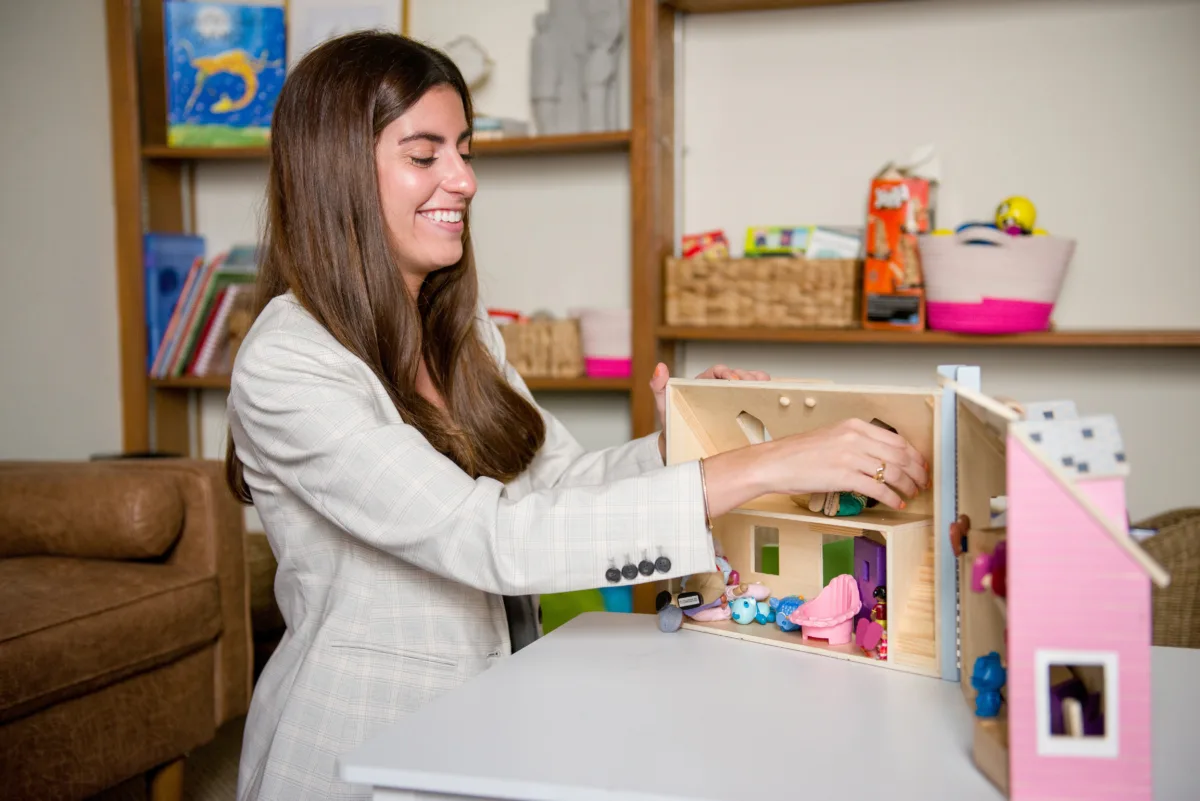
The more that I work with neurodiverse clients, the more I realize just how truly misunderstood Autism is as a diagnosis.
What is autism?
Autism is a neurodivergent developmental disorder. When evaluating for autism, professionals are looking at two main areas. First, we look for persistent deficits in communication and social interaction across several environments. Second, we look at restricted, repetitive patterns of behavior. This may look like repetitive use of objects and/or speech, rigidity in routine and behavior, fixated interests, and poor sensory integration.
Who has autism?
The rate of autism has skyrocketed in the past 20 years, and as of March 2023 it is estimated that 1 in 36 children has autism. Symptoms of autism typically appear between 10 and 18 months of age, but the average age of diagnosis is not until age 4. While autism is diagnosed 4x more frequently in boys than girls, there do not seem to be any ties to race or socio-economic status.
What does autism look like?
Autism exists on a spectrum. This means that some people with autism function very well and require little support. Others with autism may have extreme limitations, such as being nonverbal communicators, and require a lot of assistance for daily living. There are many myths and misconceptions related to autism.
How do I know if I have autism?
Autism Spectrum Disorder can be difficult to diagnose because there is not medical test, like a blood test, to detect ASD. Assessments are done using screening tools, often completed by caregivers, by performing specific observations, and by evaluating an individual’s history of communication, relationships, and development. Evaluations can be done by neurologists, psychologists, and other licensed professionals such as counselors with appraisal privileges.
What treatment exists for autism?
Early intervention is a key indicator in success of treatment for ASD. Because autism can present in many ways (communication, social skills, behavioral concerns, relational limitations, learning differences), treatment often involves a treatment team. This is a team of professionals with different areas of expertise who all work together to treat the client as a whole. Treatment teams for autism may include:
- Speech Language Pathologists (SLP): to support communication weaknesses
- Applied Behavioral Analysts (ABA): to support behavioral concerns
- Occupational Therapists (OT): to support sensory integration
- Neurologists: for evaluations and medication management
- Counselors/Social Workers: for social skills training and development of emotional intelligence
- Pediatricians/Developmental Pediatrician: to monitor progress, health, and growth
- Tutors: to support learning differences or weaknesses
Want to learn more? Ally Bayard, LPC-S, CAS is a certified autism specialist and is experienced in working with children and adults with ASD. She also offers specialized counseling for parents and caregivers to those with ASD.

